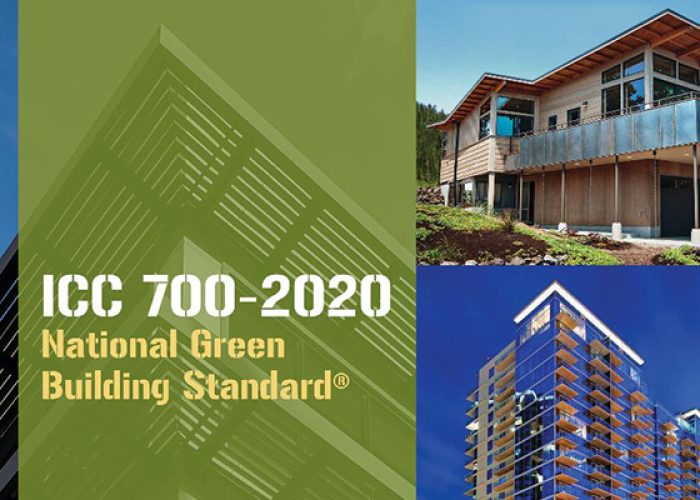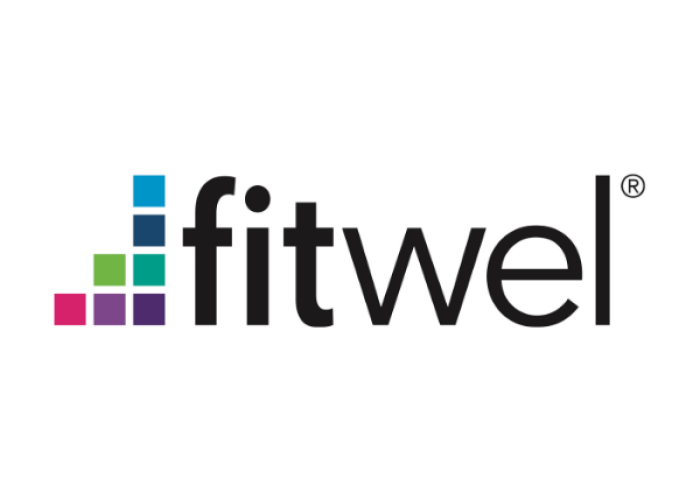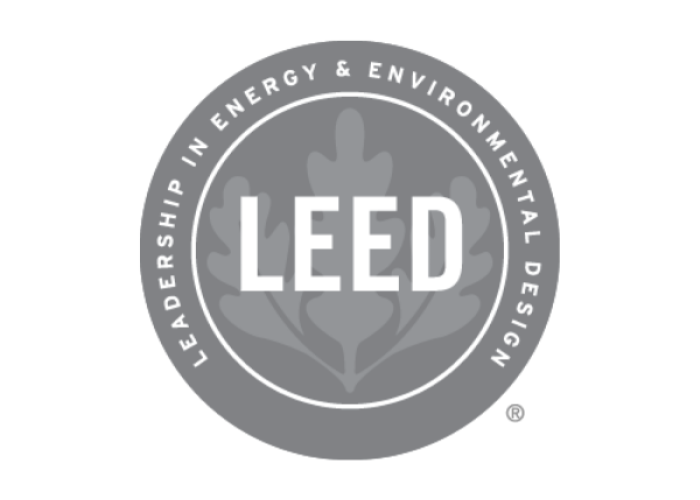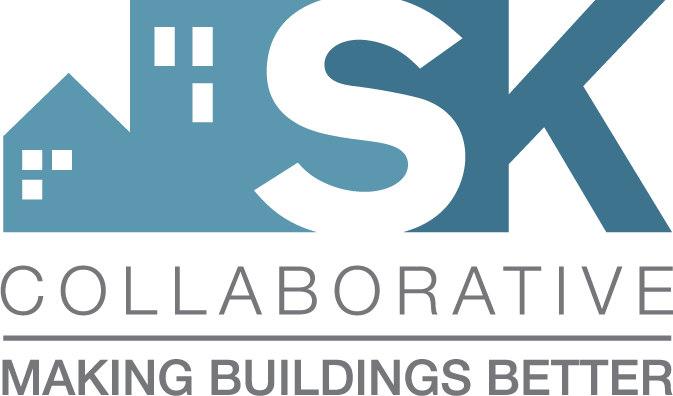29 May How to Choose a Green Certification Program



Note: Originally posted by Carl Seville on Multifamily Executive
So you’ve decided to have your next building certified green, but with all the different programs out there, how do you decide which one to use? As with most questions, the answer is “it depends.”
It depends on your building—new or existing; low- mid-, or high-rise. Each program addresses building types differently, and understanding these differences will help determine the best program to fit your needs.
It also depends on your investors: Do they prefer one program over another? It depends on your area: Are there local programs that have strong market recognition, or should you use a national program? It depends on your team’s experience: If your architect and contractor have certified several projects through one particular program, it may make sense to stick with what they already know well. It depends on the cost: Certification incurs costs for field inspections and fees to certifying organizations, which can vary greatly. Finally, it depends on local requirements and available incentives: Some jurisdictions require or promote specific green certifications by offering tax credits, utility rebates, expedited permitting, or other bonuses for certifying green.
Building Types
LEED for Homes, the National Green Building Standard (NGBS), and most local and regional programs offer certification for new buildings. ENERGY STAR, while not generally considered a green building program, has been expanded recently to address indoor air quality and moisture management, making it a good option for building certification. Existing buildings are generally classified as either moderate or substantial rehab. LEED and Energy Star only certify substantial, or gut, rehab low- and mid-rise projects whose walls and ceilings are exposed for inspection of insulation and air barriers. Meanwhile, the NGBS and many local programs certify all manner of rehab projects.
All buildings, new or rehab, are classified as either low-, mid-, or high-rise, with minor variations between programs on the definition of each building type. The NGBS does not differentiate between buildings based on the number of stories—buildings of all heights use the same criteria for certification. LEED and ENERGY STAR classify all buildings up to three stories as low-rise. ENERGY STAR mid-rises comprise four- and five-story buildings, while LEED mid-rises encompass four- to six-story structures. LEED is in the process of transitioning all residential certifications to the Homes program regardless of building height. LEED mid and high-rise certification includes certain requirements that vary from low-rise.
Investor Preference and Market Value
Your investors may require or prefer a specific certification with national recognition such as LEED, NGBS, or ENERGY STAR. When no preference is specified, you may consider one of many regional programs, such as EarthCraft House in the Southeast, GreenPoint Rated in California, or other local programs operating throughout the country. Your region may have strong local programs that provide good or better brand recognition than the national options.
Team Experience
The details of green certification are complicated and can be daunting for even experienced project teams to manage. Since multifamily green certification is still relatively new, particularly compared with commercial project certification, most architects and contractors lack extensive experience with the process. Unlike commercial certifications, most residential programs require that the team engage a certified professional to inspect the project during construction, manage the process, and submit all documentation to the certifying authority. LEED projects use a green rater; ENERGY STAR requires a HERS (Home Energy Rating System) rater and the NGBS uses verifiers.
Consider the experience of your architect and builder, as well as the rater or verifier, in choosing your certification program. Simply being a LEED AP or Certified Green Professional does not qualify an individual to certify residential buildings.
Program Costs
The costs involved in seeking green certification can vary based on building type, number of units, location, and program selected. With the exception of ENERGY STAR, most certifying organizations charge a fee for certification. LEED, the U.S. Green Building Council (USGBC), and the NGBS use the Home Innovation Research Labs fee schedule. Most local programs have similar fees.
In addition to program certification fees, the rater or verifier charges for his or her certification services. These fees can vary from less than $100 to more than $400 per unit depending on the program; the total number of units being certified; the number of site inspections required; travel time; consulting, testing, and commissioning services; and other required and requested services.
Achieving certification may require installing high-performance HVAC equipment and insulation; using air-sealing techniques; providing documentation of materials and their sources; employing energy modeling; and adopting careful management to make sure all members of the project team meet their goals and responsibilities. Most green programs require Grade 1 or 2 insulation quality, which is often a challenge with batt products. Any additional costs for such products can be minimized if planned for early in the process, and, when considering the potential energy savings, they can yield an excellent return on investment.
Requirements and Incentives
Some cities and counties require green certification to obtain a building permit or certificate of occupancy. Others offer incentives, including tax credits, expedited permitting, or reduced permit fees for green-certified buildings. The documentation required for many certifications may often qualify a project for various utility and tax incentives that are available for energy-efficient construction. Understanding both the requirements of local jurisdictions and available incentives will help determine the most appropriate green certification system to use for your project.
Putting the Pieces Together
Whichever certification program you ultimately choose, the key to success is putting your team together early in the process—before design begins, whenever possible. Consider the team members’ experience with green certification programs, your building type, any jurisdictional requirements, and available incentives. Consult with your green rater or verifier to determine the best program to fit the project, then work with the entire team to design and specify the project for the highest performance and most straightforward certification process possible. You’ll be rewarded with an efficient, green-certified building that will provide you, and its residents, with benefits throughout its life.



No Comments